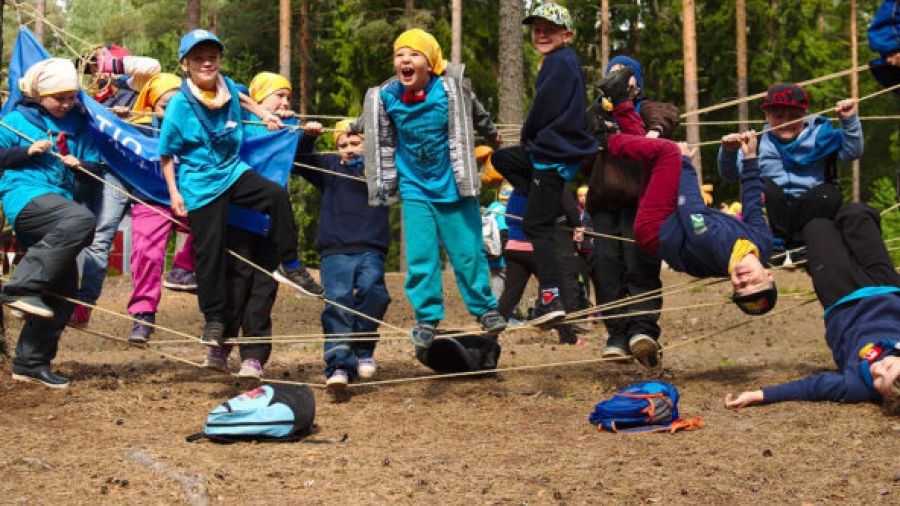Spotlight on Peter Christen
This week, we hear from one of our new colleagues, Professor Peter Christen.
Professor Peter Christen joined SCADR in May 2022, as the Research Lead of the Scottish Historic Population Platform (SHiPP) project based within the Bayes Centre, University of Edinburgh. Before that, since 2001 he worked as an academic at the School of Computing at the Australian National University (ANU), where he still has the role of Emeritus Professor.
We asked Peter some questions to get an insight into his career and new role.
Why did you decide on a career in data?
I did my undergraduate degree in Computer Science Engineering at ETH Zurich in Switzerland, and then was able to secure a postdoctoral position at the Australian National University (ANU) in 1999. This was the time when data mining and data analytics became hot topics. I was (and still am) fascinated (and scared) of what can be learned from (large) databases. Working in record linkage over the past twenty or so years has shown me how much good can be achieved with linked data (and administrative data more generally) in the health and social science domains.
What does your job entail?
At the moment we are setting up a secure virtual environment for the SHiPP project, to be hosted by the University of Edinburgh’s supercomputing centre, the EPCC. Once this is accomplished, we will have access to all Scottish birth, death, and marriage certificates from 1855 until 1973. The SHiPP project is basically about linking these certificates with the overall aim to reconstruct the full historic population of Scotland. Once we have achieved this goal, we can extract the records of specific cohorts which can then be used for a variety of research studies in the health and social science domains.
I am involved in developing novel linkage algorithms to allow efficient and accurate linkage of (historical) population databases, for a variety of projects. The first specific project I am currently working on is to use what is called “indexing techniques”, similar to what Google or Facebook are using, to make our linkage algorithms scalable to the millions of records we have to link within SHiPP. A second project I'm involved with, is to develop new methods that will allow us to estimate the quality of the produced linked data sets, by assessing how many true links (where records belonging to the same individual are linked) and how many false links (where records belonging to different individuals are linked together) we generated, and also how many true links we missed (where records belonging to the same individual were not linked). Given we do not know the true population (especially of historical records from the Nineteenth century), we have to estimate the quality of the links we generate. We will work with the historians and demographers on the SHiPP project and within SCADR to ensure our methods are producing accurate estimates, so researchers can be confident the linked data sets we provide are of high quality.
What do you like most about your job?
Besides being located in the beautiful city of Edinburgh, as Research Lead within SHiPP I now have the opportunity to work on a project that will produce data sets that will make a real positive impact to society. For example, with the help of Public Health Scotland, we have already started to develop a prototype that will allow family trees to be created interactively, which will provide health researchers with potential new links to explore the genetic effects of cancer and other hereditary diseases.
Excitingly, once we have successfully reconstructed the Scottish population by using the platform, I look forward to the many possible research projects and outcomes we will be able to achieve with SHiPP.
What's your greatest professional accomplishment
One of my biggest accomplishments was being a co-author with my colleagues Thilina Ranbaduge and Rainer Schnell, on our recently published book - Linking Sensitive Data.
Can you tell us about where you grew up?
I grew up in Basel in Switzerland where I also went to school. After my undergraduate studies in Zurich I did my PhD in Computer Science back in Basel. After that I was successful in obtaining a scholarship for a postdoctoral research position at the ANU in Canberra. This was the time of the “Dot.com” boom, and the ANU was hiring lecturers for their increasing numbers of computer science students. I guess I was lucky to be in the right place at the right time, with expertise in the right domain.
What do you like to do when you aren’t working?
I generally try to go for a run several times a week, and I love running around Arthur’s Seat in Edinburgh, and up to the top. l enjoy hiking (or bush walking as we call it in Australia) with my partner, especially in remote places like the Scottish Highlands or on the Isle of Shetland, a place we both love.
Last but not least we both love scuba diving (mainly in tropical remote places) and I enjoy taking pictures underwater. We have really been missing this in the past few years (due to Covid). And no, before anybody asks, I haven’t dived in Scotland and am not sure I am keen to do so!!
This article was published on 18 Aug 2022




